Speak with an expert
Have questions about our products? Get in touch with one of our industry experts.
As a Health & Safety professional, knowing everything there is to know about safety is often quite a challenge. Questions are unavoidable and you won’t have every answer. To help you, we listed the most frequently asked questions and the answers, bundled in one easily accessible place.
The requirements for protective clothing depend on your work environment and several elements in that environment need to be considered. The best way to find out what protective workwear is suitable for your particular situation, is to conduct a risk assessment. A risk assessment is an evaluation of the potential risks that are relevant for your company.
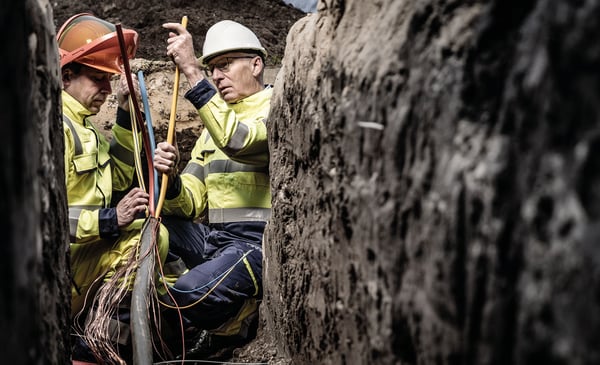
Both EN ISO 11611 and EN ISO 11612 are relevant standards when it comes to heat and flame protection. The EN ISO 11611 is specified for welding and allied processes specifically. The EN ISO 11612 is meant to protect people who are regularly exposed to heat and flames.
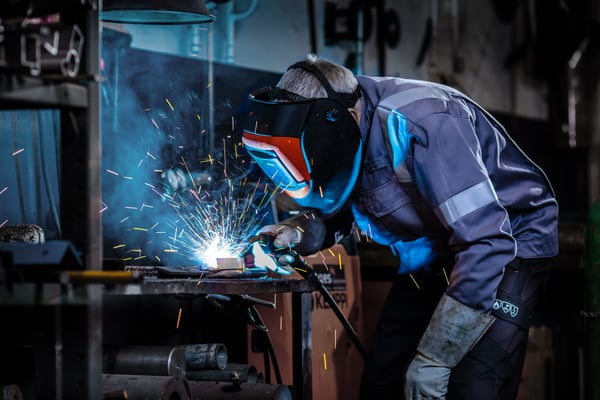
EN ISO 11611 is the standard your protective clothing needs to meet for welding and allied processes. This norm is broken down in different classes. When testing the heat transfer, for example, the time a 24 °C temperature increase takes, determines the class: up till 7 seconds for Class 1, and 16 seconds for Class 2.
Knowing which class is needed for specific welding activities is important. For example, gas welding is a Class 1 activity, while MMA welding is a Class 2 activity. In this blog we’ll explain the differences between the classes, in order to help you to determine the right class for your welding activities.

Multi-norm garments are specifically created for work environments with multiple risks. They are designed to meet numerous standards. This sounds like the ultimate protective clothing, but there are a few downsides.
An ‘over-engineered’ multi-norm garment costs and weighs more. Protecting your workers against dangers they won’t ever face makes clothing unnecessarily less comfortable and more expensive. Therefore, conduct a risk assessment for each workstation and find out what the true relevant threats are for your workers. Then your protective clothing can be designed specifically for your work field.
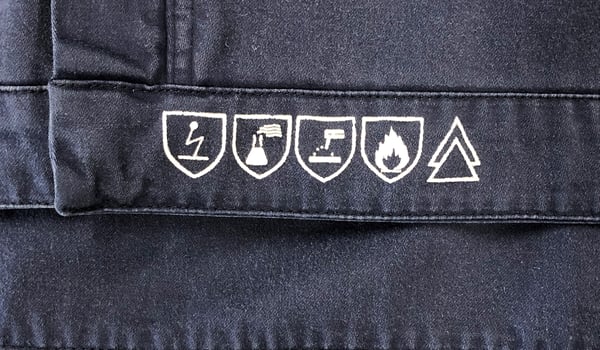
The wearing comfort of protective clothing is of vital importance to its safety. After all, if the workwear is not comfortable, the chance is bigger that workers won’t wear it properly. Making sure your protective clothing is safe and comfortable at the same time is very important.
There are 4 essential characteristics that make a fabric comfortable: weight, moisture absorption, breathability and softness. Our experts look forward to helping you implement those characteristics in your workwear.
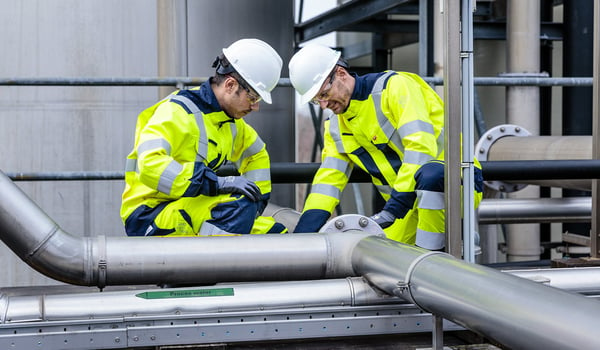
Wear trials enable you and your employees to look and feel the new protective clothing firsthand in a test round. During this test, emotions are just as important as the features and specs of the clothing. It is important that your professionals on the workfloor gladly wear the new clothing. Therefore, a few focus points are essential while conducting such a trial:
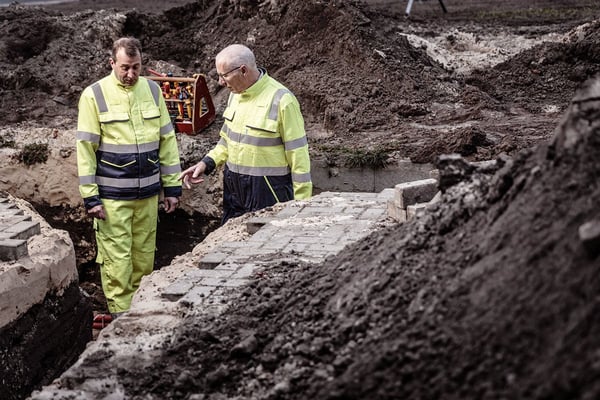
The difference between fire resistant and fire retardant is whether the fire repelling property is inherent or not. Fire resistant clothing is made from fabrics that are inherently resistant to catching fire, while fire retardant fabrics have been chemically treated to give them these properties.
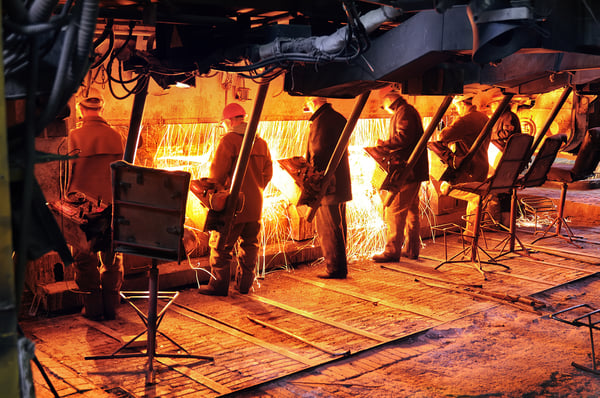
Inherent means “existing as a natural or basic part of something”, which means fabrics that are FR inherent contain at least one fibre with natural FR properties. FR treated fabrics get their FR property from the chemical treatment applied to them.

Aramid fibres are a class of strong synthetic fibres, distinguishing themselves from other synthetic fibres due to an excellent heat and flame resistance, high chemical resistance and low molecular weight. Examples are Kevlar®, Nomex®, Twaron® and Kermel®.
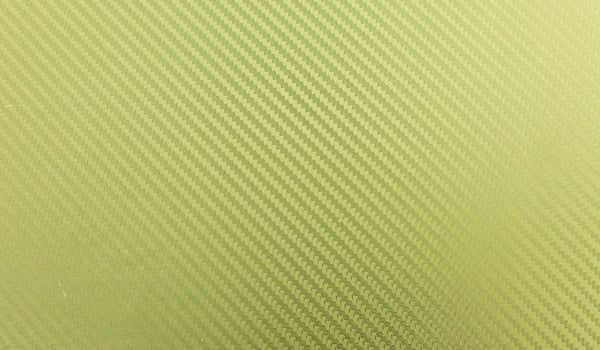
For the production of cotton-based clothing, a lot of pesticide is needed globally. One very interesting alternative to cotton is lyocell. Not only is it more sustainable because its ecological footprint is much lower, it also absorbs more moisture than cotton. Lyocell is softer and thus more comfortable than cotton and it is highly durable.
Read more about lyocell here >
We have visualized our view on sustainability in the workwear industry in “The Cycle of Care”. Together we can minimize environmental pollution and create the best social conditions for everyone. Are you ready to activate your role?
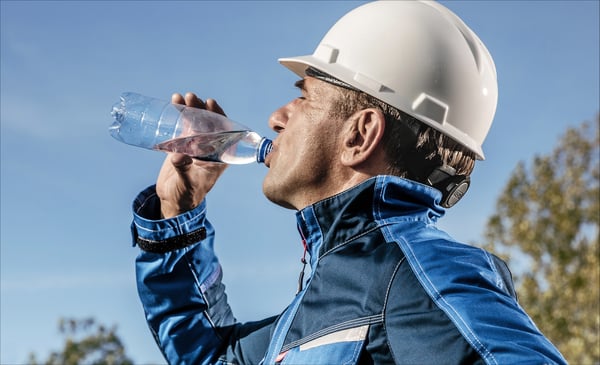
Stay up to date on the latest innovations in protective fabrics.
G. van der Muelenweg 2
7443 RE Nijverdal
The Netherlands
T +31(0)548 633 922
© 2025 TenCate Protective Fabrics